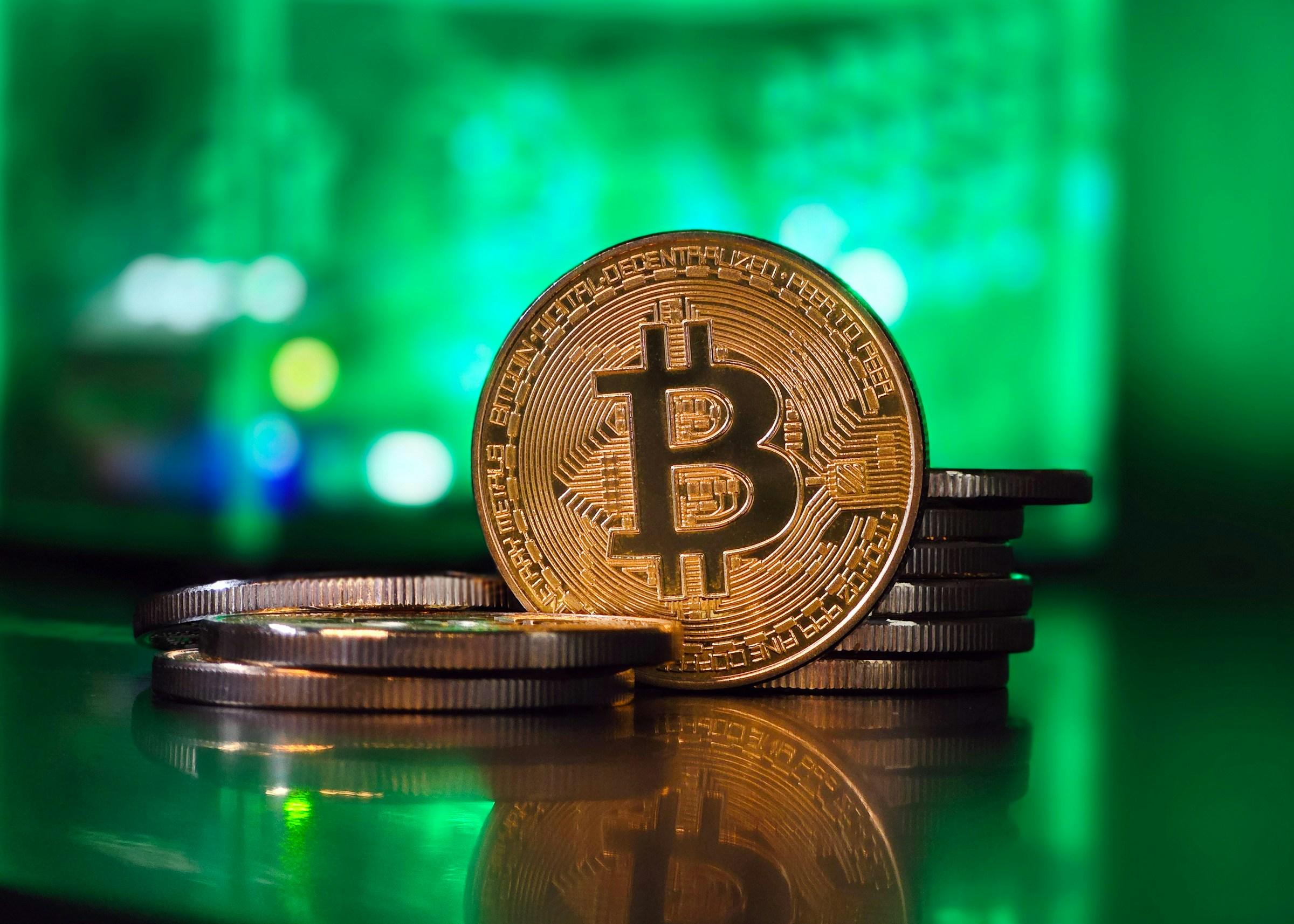You probably chose buy now, pay later because it spreads a purchase across smaller instalments and feels easier than a card. The convenience is real. So are the traps that show up a few weeks later when three different pay dates collide with your rent and utilities. The question to start with is simple. How will these instalments behave inside your existing budget, not just this month, but across the next three or four cycles?
When clients ask about BNPL, I treat it like a short, fast loan with strict rules that do not tolerate inattention. There is rarely an interest rate upfront, which is why it feels harmless, yet the penalty structure can be steep, and the fragmentation of due dates can silently crowd out savings contributions. The goal is not to judge the tool. The goal is to ensure that each instalment aligns to cash flow and does not push out what matters more, such as your emergency fund, insurance premiums, or retirement savings.
Start by mapping how BNPL affects your plan over time, not just at checkout. If you live in Singapore and allocate S$800 to fixed costs, S$700 to variable spending, and S$500 to future goals per month, a single S$300 purchase split into three payments looks manageable on day one. The first S$100 lands the same week you get paid, the next S$100 in four weeks, and the last S$100 eight weeks out. Add a second plan for new shoes and a third for a small appliance, and you now have three instalments landing on different Tuesdays, each nibbling away at your variable spending while your savings line gets thinner. In Malaysia, the numbers change, but the dynamic is identical. Three RM150 instalments across eight weeks can quietly turn an RM700 variable budget into RM400 unless you rebalance.
A simple structure keeps this from spiralling. Think of BNPL management as a three-layer system. The first layer is a cash shield that sits in your checking account and exists purely to absorb instalments. Two pay cycles’ worth of your average BNPL instalments is enough for most people. If your typical plan is S$80 per instalment and you keep two or three plans active, hold S$320 to S$480 in that shield. In Malaysia, if your typical instalment is RM120 and you juggle two plans, hold RM480. This is not an emergency fund, and it is not savings. It is a buffer that smooths timing, so you skip late fees and avoid using credit cards to pay for BNPL, which only compounds risk.
The second layer is a calendar lock. BNPL becomes expensive when dates are allowed to drift, so choose a single repayment day each week that you can always cover. Most providers allow you to pick a pay day or to switch the card on file. If your salary hits on a Friday, set all instalments to land on the following Monday where possible, then move the funding card to one account you reserve for BNPL only. If a provider will not change dates, you can still coordinate the funding by moving the money into that account a few days before. The routine is what matters. Open the provider app once a week, confirm the next seven days of instalments, and top up the BNPL account to match.
The third layer is a purchase gate. Before you tap pay later, ask two questions. Will this be fully paid off within two pay cycles without touching my savings allocation, and is the item still a priority once I price it at the total cost including potential late fees. Many clients find that a 48-hour rule reduces impulse use. Put the item in your cart, label it with the total instalment plan, and return to it after two sleeps. If the need survives the pause, proceed within your gate. If not, you have saved yourself a multi-week drag on cash flow.
Set limits that keep behaviour predictable. A clean starting point is no more than two active BNPL plans at a time, with a hard cap of ten percent of net income across all instalments. If your take-home pay is S$4,000, that is S$400 per month, not per plan. If you earn RM6,000 after EPF and taxes, keep BNPL instalments within RM600 in any rolling 30-day window. These are guardrails, not moral rules. They keep your longer timeline intact, because every ringgit or dollar that does not show up in your savings can push out home ownership, delay insurance upgrades, or stall your investing compounding.
Connect BNPL to your buckets. In a 50-30-20 style budget, treat BNPL instalments as part of the wants category, not as a separate bill that deserves its own line. This avoids the illusion that instalments are neutral. If a necessary expense, such as a refrigerator, needs BNPL to be affordable, reclassify that single plan as a fixed cost for the duration, and temporarily adjust wants downward so that your 20 percent savings target still clears. The job is to protect the habit of saving, even when cash flow is tight.
Prevent fees with small mechanical habits. Use one card only for BNPL, keep it clear of other subscriptions, and set it to auto-debit. Turn on all reminders, both email and push, then add your own recurring alert two days before your chosen weekly repayment day. Check that the funding account always has your cash shield level. If your bank supports sweeping a fixed amount into a sub-account every payday, automate the shield top-up. When instalments complete, sweep any leftover in that sub-account into savings, not into new BNPL plans. This little closure ritual helps prevent the sense that the BNPL balance is free money.
If you are already juggling multiple plans and feel behind, triage by fee risk and completion timeline. Bring any plan within one instalment of completion to the finish line first, because closing loops releases future cash flow. Next, target the plan with the highest late fee or reactivation penalty. If a provider offers a hardship option, call before you miss, not after. Many will shift your due date, waive one fee, or consolidate two instalments. Be honest, be specific, and propose an amount you can actually pay. This is less about negotiation and more about protecting your record with that provider.
Be mindful of your credit profile. In some markets, BNPL is still lightly reported, but that is changing. Even where providers do not report on-time payments, missed instalments and collections activity can leave a mark. A thin credit file can be harmed by a small mistake, so treat BNPL with the same care you would give a traditional loan. If you plan to apply for a mortgage in the next six to twelve months, consider pausing new BNPL plans and closing out existing ones at least three months before you submit your application. Lenders look at bank statements as well as credit reports, and multiple small instalment debits can raise questions about stability.
Compare BNPL with other tools for the right use cases. For a small, predictable item that you can clear in under eight weeks, BNPL can be gentler on cash flow than carrying a balance on a card. For anything that may require returns, modifications, or service, a credit card with buyer protection and a clear statement cycle is often cleaner. If you tend to forget due dates, a single card balance paid in full on a monthly schedule may be safer for you than four separate BNPL schedules that you need to babysit. The right choice is the one you can execute reliably with your current systems, not the one that looks cheapest in theory.
Align BNPL to your income pattern. If you are salaried on the same day each month, a weekly repayment routine is enough. If you are a freelancer or shift worker with variable timing, you need a slightly larger cash shield and stricter purchase gates. Consider holding three to four instalments’ worth in your BNPL sub-account and avoid stacking plans in months where invoices are delayed. It may feel fussy, but this is what protects your rent and utilities from being squeezed by a cluster of small debits.
Treat returns and disputes with discipline. The fastest way to get stuck with fees is to assume a return will cancel the plan automatically. Document the return, screenshot confirmations, and keep paying instalments until the provider confirms the plan is adjusted. If a refund lands, use it to replenish your cash shield, not to justify a new purchase. Close any temporarily opened credit line that exists only to fund a one-time BNPL plan. Idle credit with no purpose invites drift.
It helps to track all of this in one place. You do not need fancy software. A simple note with four lines for each plan works. Item, total, instalment amount, due day. Add a start date and an end date and cross it off when done. If you prefer numbers, a one-page spreadsheet that shows the next eight weeks of Mondays with expected instalments is more than enough. Seeing the total across time is what keeps the peace between your short-term convenience and your longer-term goals.
There is also a behavioural angle. BNPL can blur the experience of paying because you do not feel the full price at checkout. Build a small counter-ritual that preserves intention. When you commit to a plan, take ten seconds to write the total amount and the date it will be fully paid. Read it once aloud. This is not about guilt. It is about making sure your future self knows what you decided and when the decision ends. The clearer the boundary, the less likely you are to make a second or third plan just because the first one felt painless.
Finally, give yourself a test period. For the next 60 days, cap yourself at two active plans, keep the ten percent rule, hold the cash shield, and run the weekly calendar check. If you reach the end of the period with every instalment paid on schedule and your savings rate untouched, you have evidence that BNPL, in your hands, is functioning as a tool rather than a leak. If savings slipped, or if you felt squeezed more than once, you have a clear signal to pause BNPL, reset the shield, and rebuild your budget rhythm before trying again.
The point of personal finance is not to remove every convenience. It is to create systems that let you live comfortably today while protecting tomorrow’s choices. BNPL can fit within that design if you treat it as part of your cash flow architecture rather than something that sits outside it. Start with a small buffer, keep one repayment day, respect a firm gate for new plans, and protect your savings line with the same commitment you give to your rent. You do not need to be aggressive. You need to be aligned. And alignment here simply means that the way you manage BNPL payments supports the life you are building, not the impulse that appeared at checkout.






.jpg&w=3840&q=75)



-7.jpg&w=3840&q=75)
.jpg&w=3840&q=75)
.jpg&w=3840&q=75)
